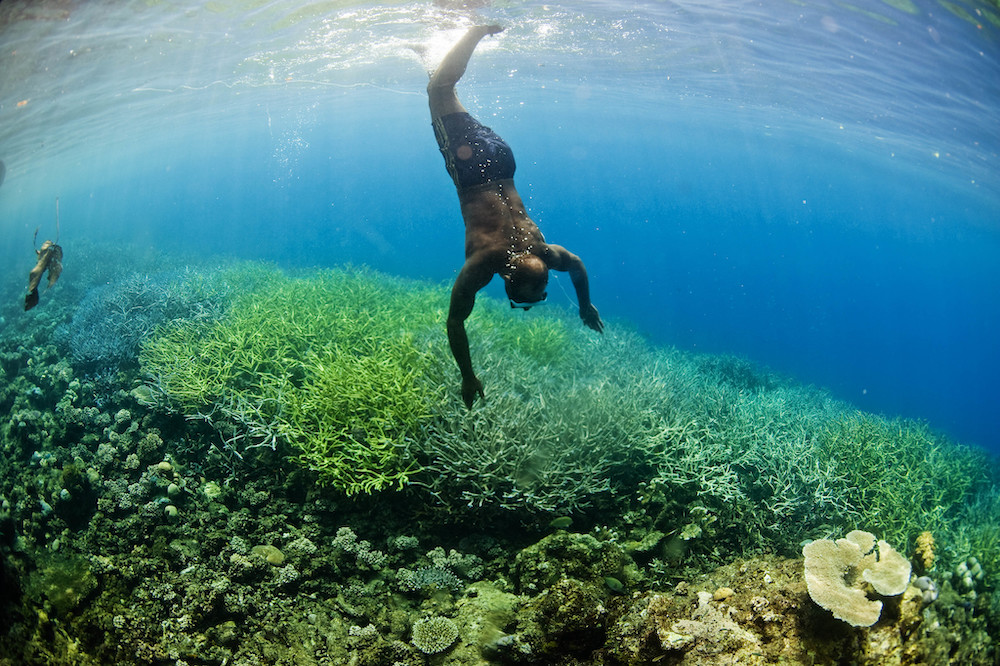What is the Coral Triangle?
Discover the abundant coral paradise

Unfortunately, I have some disappointing news: The Coral Triangle is not the forgotten member of Sebastian’s ”Under-the-Sea” band in The Little Mermaid. It is also not the pointy third wheel to SpongeBob SquarePants. However, this magical ocean spot that spans more than one billion acres among parts of Malaysia, Indonesia, Papua New Guinea, Timor Leste, the Solomon Islands and the Philippines is anything but disappointing.
The Coral Triangle is known as the “Amazon of the Seas,” not because it delivers packages to your doorstep, but because it is as biodiverse as the rich jungles found in South America. While it covers only 1.5% of our planet’s surface, the Coral Triangle is home to 30% of our ocean’s coral reefs. In addition to these incredible reefs, it is also home to some of the world’s largest mangrove forests and beautiful underwater seagrass meadows.
The Coral Triangle has the highest coral diversity of anywhere in the world.
You can find 76% of the world’s coral species here—about 600 different types of coral in total. In comparison, the Caribbean is home to just one-tenth of the number of coral species found in the Coral Triangle. Some scientists believe that the Coral Triangle might be the origin of the coral species and the first reef formed on the planet.
Swimming among these brilliant corals are 37% of the world’s coral reef fish. That’s more than 3,000 different species. These include a few species of walking sharks and magically named species of flasher and fairy wrasses. About 8% of those fish are endemic to the Coral Triangle, meaning you can’t find them anywhere else in the world.
In addition to our fishy friends, you can find three-quarters of all species of mollusks including octopuses, sea slugs, cuttlefish and giant clams in the Coral Triangle. Never ones to miss a good party, six out of seven of the world’s sea turtle species can also be found there, enjoying the waves and the biodiversity abundance the reef has to offer. While exploring those wonders, sea turtles might experience a shadow overhead since this incredible patch of ocean is home to both the largest fish, the whale shark, and the largest mammal, the blue whale. In fact, the reef is a breeding ground, migration route and feeding area for all sorts of marine mammals from dugongs to dolphins.
The people who live on the shores of the Coral Triangle are also incredibly diverse. Residents of the vast area speak more than 2,000 different languages. Their communities rely on the Coral Triangle for their survival and for protection from waves, typhoons and tsunamis. More than 120 million people depend on these reefs for their livelihoods from subsistence fishing to income generated through tourism.
This pristine paradise is not without its troubles.
The Coral Triangle faces many threats ranging from overfishing to pollution. As climate change warms waters, coral can also experience bleaching. The coral looks white when this happens because it has expelled the helpful algae that lives in its tissue. Since coral is such a vital part of the reef ecosystem, the well-being (or lack thereof) of coral can have a cascading effect on the whole ecosystem. It is vital we work to combat climate change to keep the Coral Triangle and all the amazing wonders of the ocean alive and healthy for generations to come. Take action on climate now.